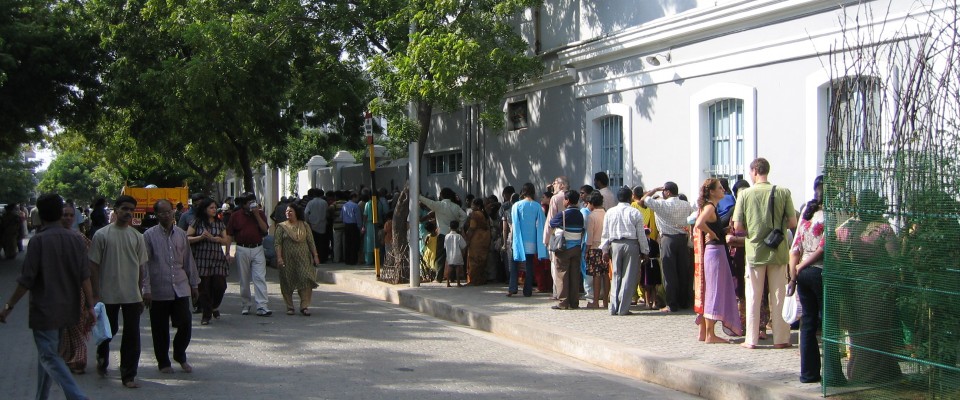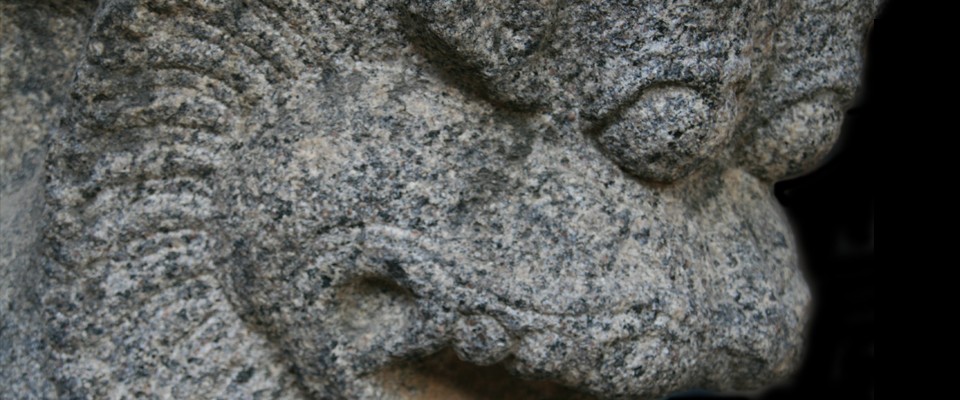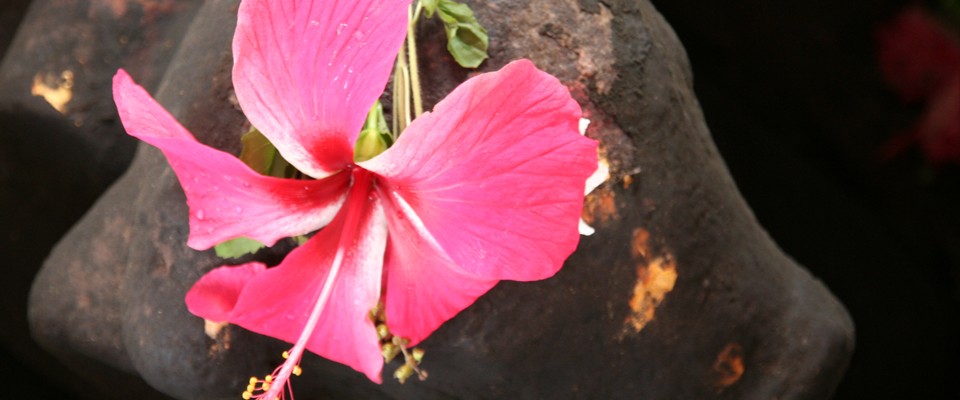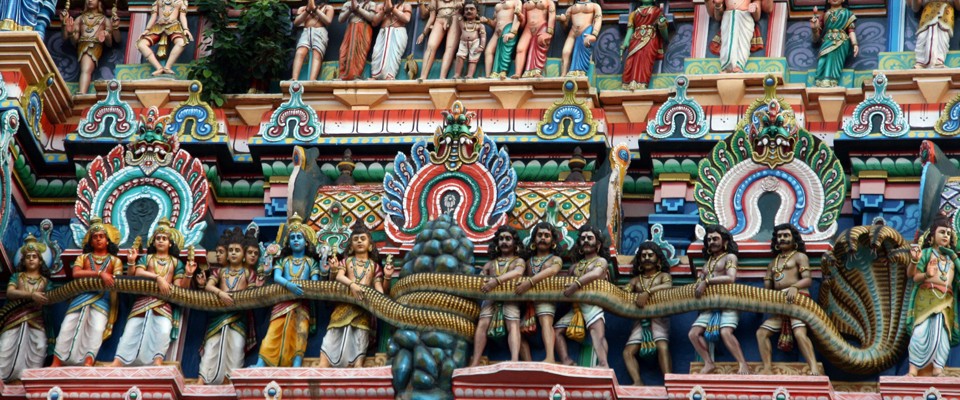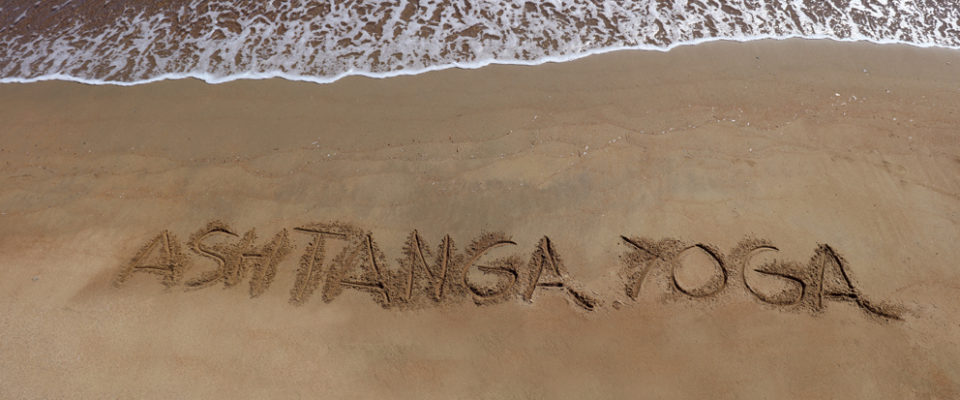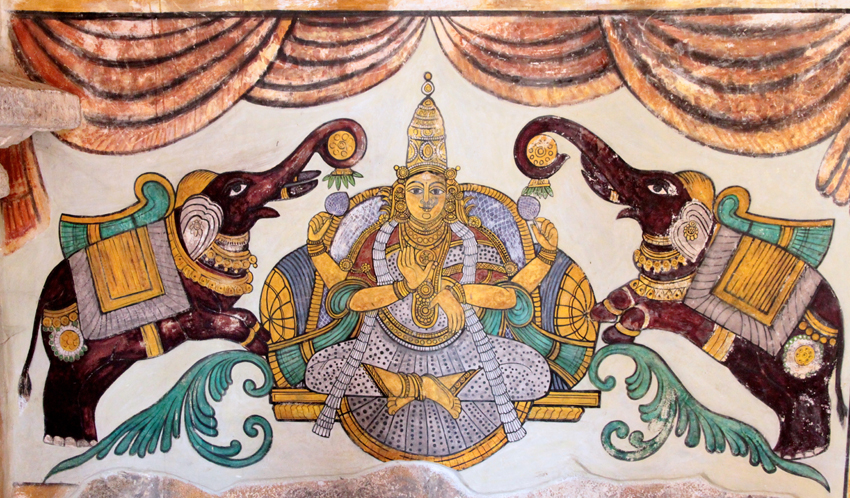When in Pondicherry I warmly recommend you to pay a visit to the ashram of Sri Aurobindo on “Marine Street” in the old French Quarters. It is a beautiful colonial style mansion where the faithful meditate. In 1920 a French woman joined Sri Aurobindo and became his spiritual companion, since then known as “The Mother”. Sri Aurobindo’s teachings are a synthesis of traditional and modern Yoga. The aim of his Yoga practice is to develop inner spiritual life. With this practice the unique Self is revealed, thus developing a supramental spiritual awareness that transforms human life.
Sri Aurobindo´s ashram was founded on November 24, 1926. In December of the same year, Sri Aurobindo decided to abandon public life to dedicate himself solely to the action of the Supramental Force, leaving the management of the ashram in the hands of “The Mother” (Mira Alfassa), who continued his work after his death in 1960.
In 1968 “The Mother” refers to the project of a new village in the following terms :
“There shall be on Earth an unalienable place, a place that does not belong to any nation, a place where all beings of good faith, sincere in their aspirations, can live free as citizens of the world…”
Auroville, situated ten kilometres north of Pondicherry, the project of an experimental modern and spiritual village, came to life in 1969,
In the ashram you can meditate at the feet of Sri Aurobindo’s and “The Mother” “Samadhi” that is covered with fresh flowers, a peaceful place, accessible every day from 8.00 – 12.00 and 14.00 – 16.00
Pondicherry is 100 km away from Mahābalipuram, 2 hours by bus or 11/2 hours by car.
